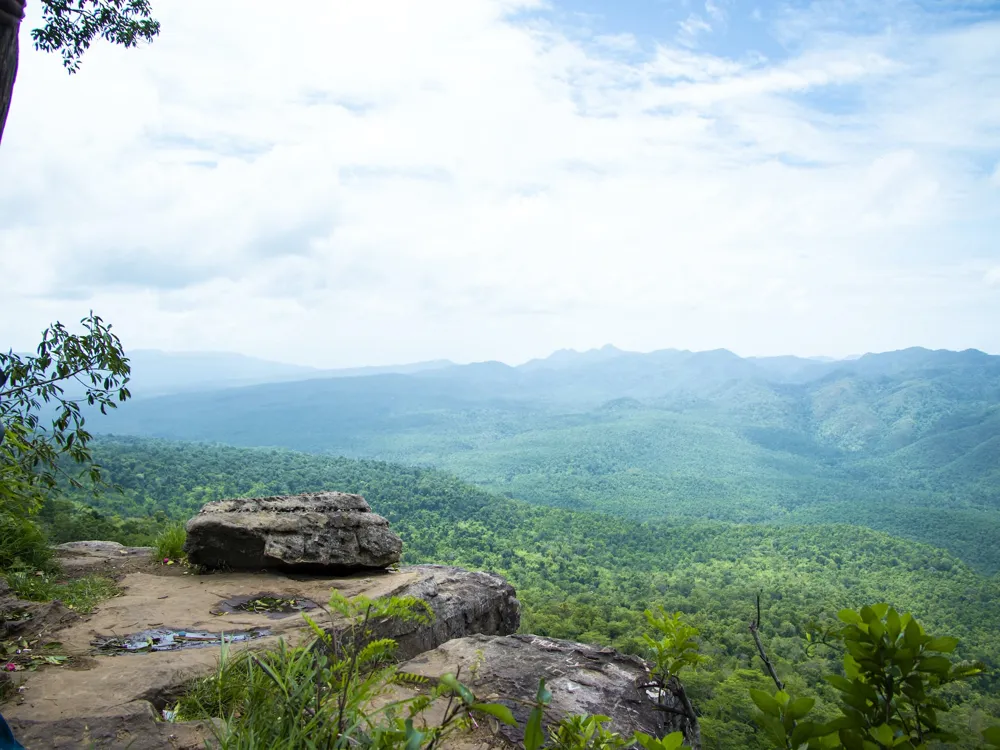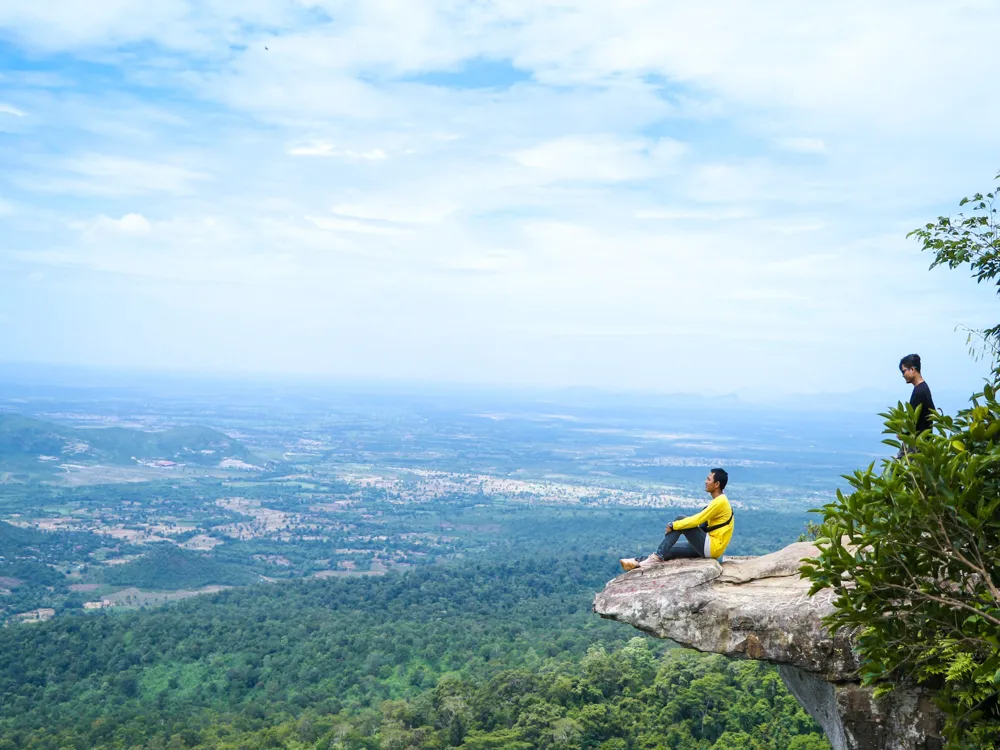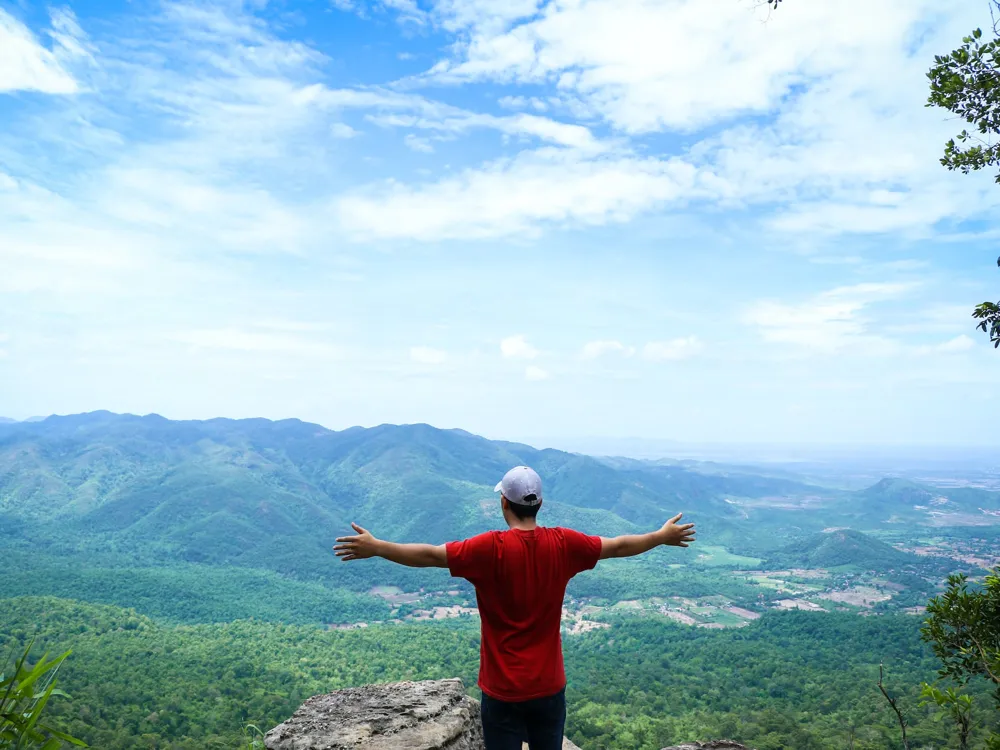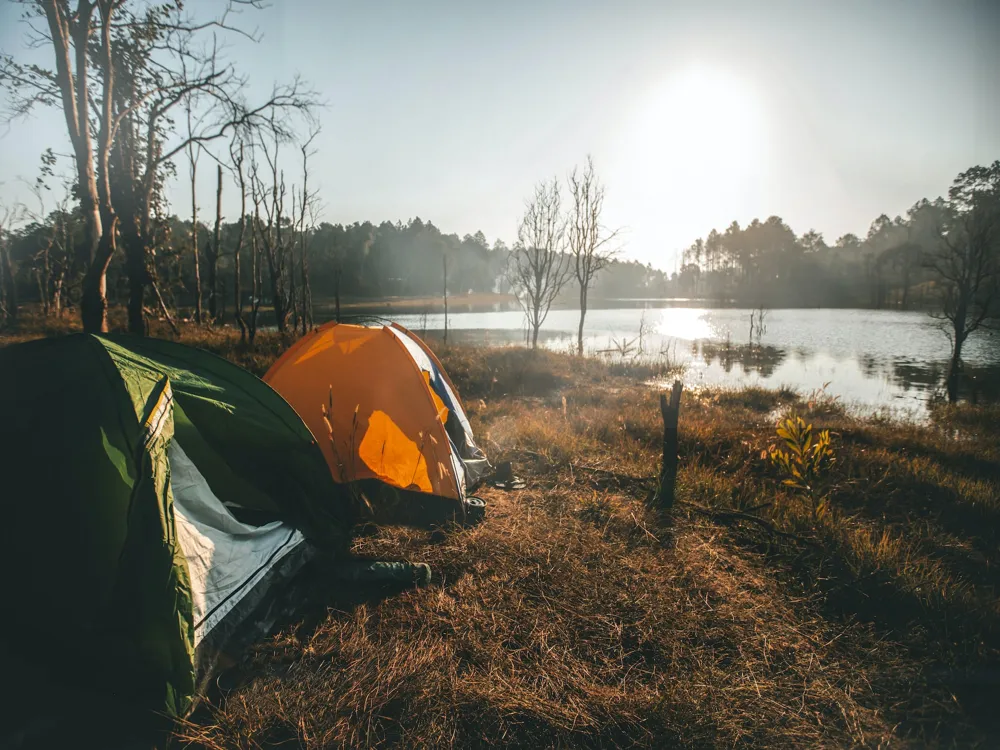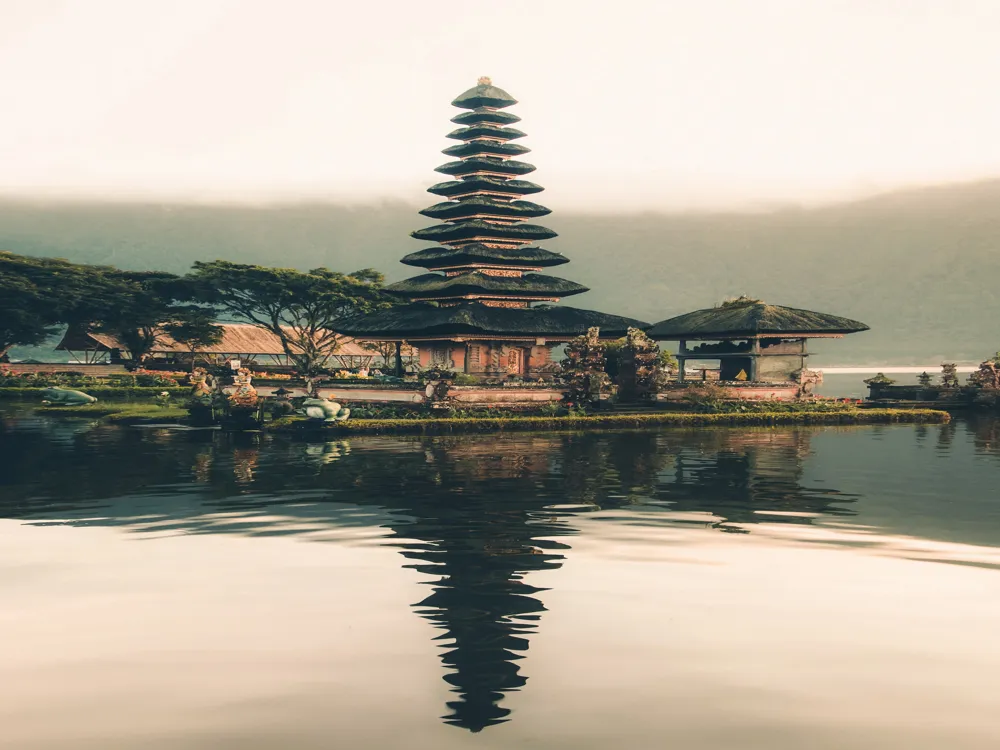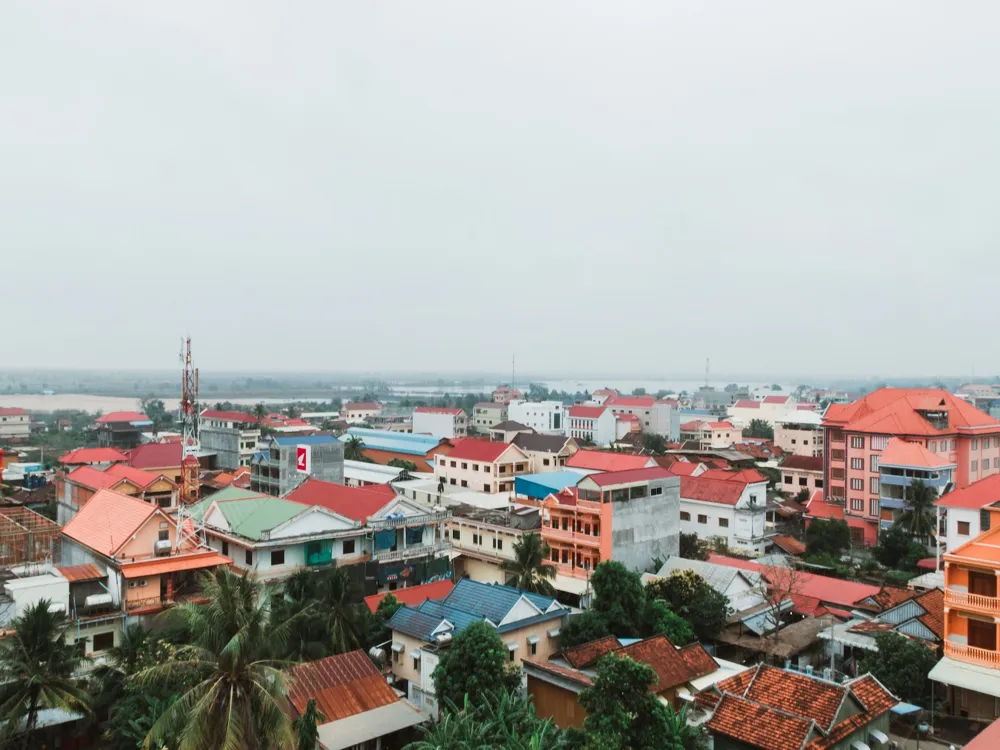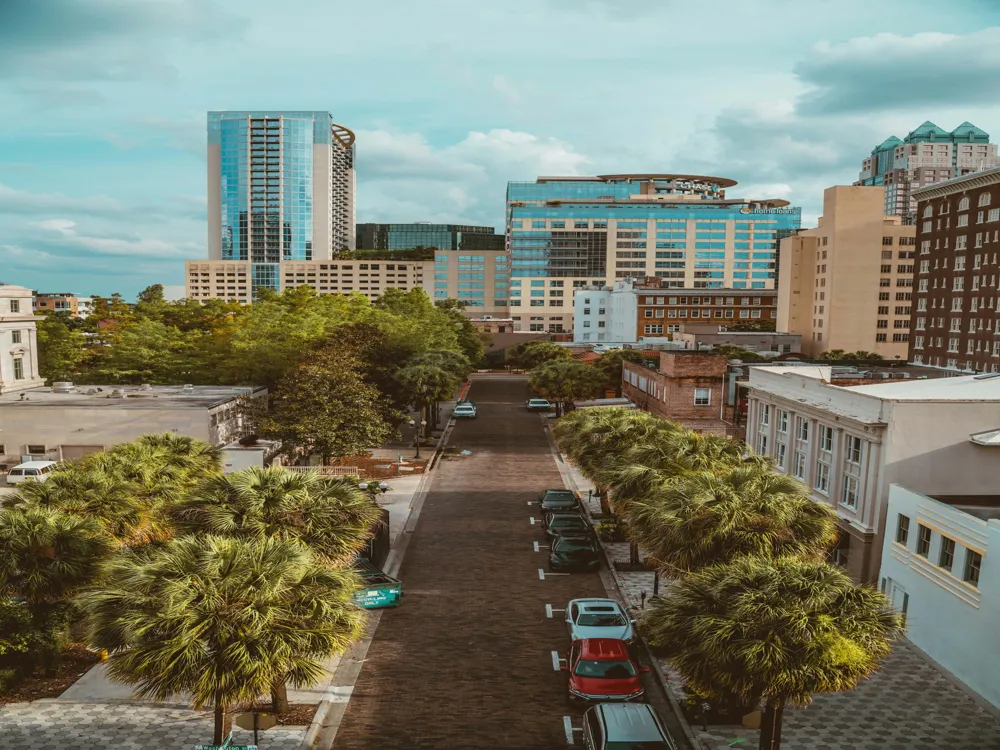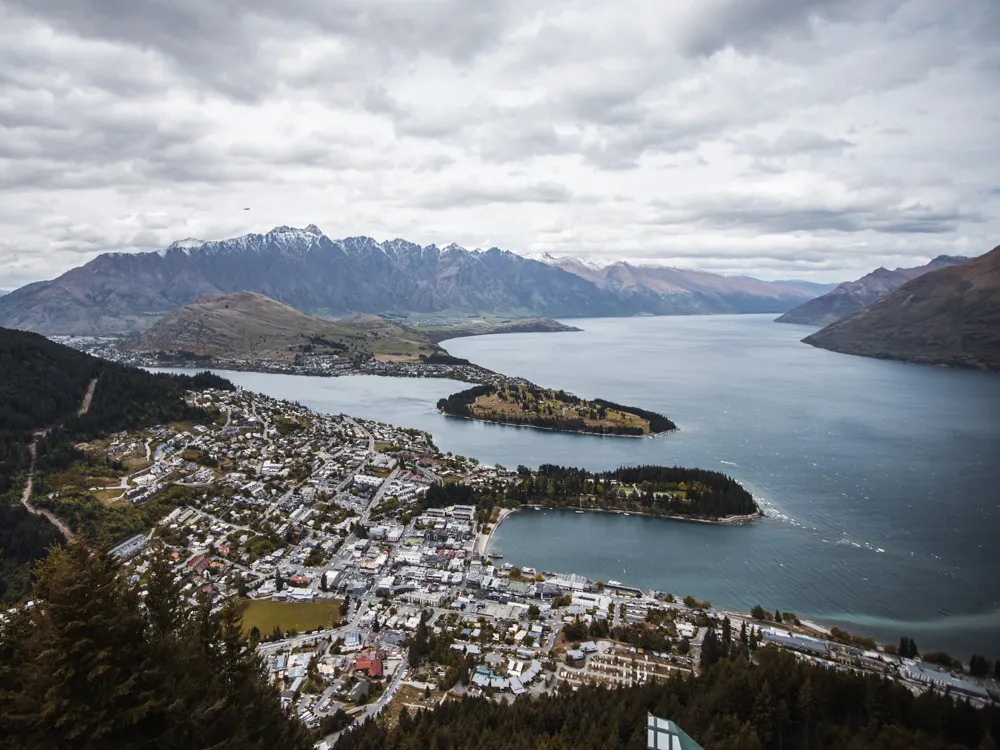Best Time to Visit Kirirom National Park
Cambodia
12 out of 24 Places to visit in CambodiaNaN onwards View Packages
Get Customized PackagesThe Land of Diversity
Top Hotel Collections

Private Pool

Luxury Hotels

5-Star Hotels

Pet Friendly
What is the Best Time to Visit Kirirom National Park?
Kirirom National Park, nestled in the heart of Cambodia, is a breathtaking natural haven that beckons travelers year-round. For those seeking an unforgettable experience, timing is key. In this comprehensive guide, we unveil the secrets of the best time to visit Kirirom National Park, ensuring your journey is nothing short of extraordinary.
More about the Best Time to Travel to Kirirom National Park
Travel Peak Season in Kirirom National Park
Embark on an adventure during the peak season to witness Kirirom National Park in all its glory. Running from November to February, this period offers a captivating blend of cool temperatures and clear skies. The park's lush greenery and vibrant flora come alive, providing an idyllic backdrop for exploration. Expect comfortable weather, making it ideal for hiking, bird-watching, and immersing yourself in the park's rich biodiversity.
Travel Offseason in Kirirom National Park
For the savvy traveler seeking a more tranquil experience, the offseason from June to August presents a unique charm. While rain showers may be more frequent, they breathe life into the park, creating a lush landscape. The reduced crowds allow for a more intimate connection with nature, and the cooler temperatures make outdoor activities enjoyable. It's an offbeat choice for those who relish the serenity of a less-explored Kirirom National Park.
Kirirom National Park Travel Packages
View All Packages For Kirirom National Park
Kirirom National Park in Shoulder Season
Navigating between the extremes, the shoulder season (March to May) offers a balanced climate. As the park transitions from cool to hot, visitors can enjoy the best of both worlds. The foliage is still verdant, and temperatures are moderate. It's an opportune time for those who prefer a mix of warmth and the park's natural splendor.
Kirirom National Park in Hot Season
For sunseekers and adventure enthusiasts, the hot season (March to May) is tailor-made. Embrace the warmth as temperatures rise, making it ideal for sun-drenched explorations. The vibrant colors of the park become even more vivid, creating a picturesque setting. While the heat intensifies, it adds a touch of excitement to outdoor activities, providing a different perspective of Kirirom National Park.
Kirirom National Park in Rainy Season
Contrary to common belief, the rainy season (June to October) unveils a different side of Kirirom National Park. The downpours breathe life into the landscape, transforming it into a verdant paradise. The rain brings out the fragrant aromas of the flora, and the park teems with life. While trails may be a bit muddy, the rejuvenated ambiance and fewer tourists make it an enchanting time to explore.
Kirirom National Park in Cool Season
As the cool season (November to February) sets in, Kirirom National Park dons a refreshing guise. Crisp air, clear skies, and a hint of chill make it an ideal time for those who relish cooler climates. The park's diverse ecosystem is at its prime, offering a canvas of beauty for nature enthusiasts and photographers alike.
Places To Visit In Kirirom National Park
Nearby Places Kirirom National Park
Kirirom National Park Photos
View All Photos For Kirirom National ParkBrowse Package Collections
Browse Hotel Collections
Faq
1. When is the ideal time to visit Kirirom National Park?
The best time to visit Kirirom National Park is during the dry season, which typically spans from November to April. This period ensures pleasant weather and optimal conditions for outdoor activities.
2. What is the weather like during the recommended visiting months?
During the dry season, temperatures range from 20°C to 28°C (68°F to 82°F). Days are usually sunny, making it perfect for exploring the park's natural beauty without worrying about heavy rainfall.
3. Are there specific months to avoid due to unfavorable weather conditions?
It is advisable to avoid the rainy season, particularly from May to October, as heavy rainfall can result in muddy trails, slippery paths, and limited visibility, detracting from the overall experience.
4. What wildlife can be observed during the recommended months?
The dry season provides better wildlife viewing opportunities, as animals are more active. Visitors may spot various species of birds, butterflies, and possibly larger mammals, adding to the allure of the park.
5. Are there any special events or festivals during the recommended period?
While Kirirom National Park may not host specific events, the dry season aligns with local festivals and holidays, offering visitors a chance to experience the cultural richness of the surrounding areas.

